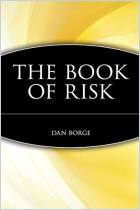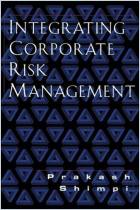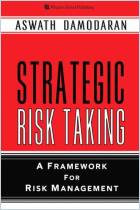
Read or listen offline
Amazon KindleRecommendation
This textbook offers a detailed, panoptic view of the field of insurance and risk management. Author Etti G. Baranoff does not seem to promote a philosophical, narrative or analytical point of view on the subject. Instead, she aims to provide students with a dense introduction to the field’s bedrock information. Therefore, she presents a vast number of facts related to insurance and risk management, but generally refrains from taking a position on them. This is the sort of book one is assigned as the well-chosen, required text in a course on insurance. The author expertly defines every necessary term and explores every important aspect of the decision to buy or forego insurance, including legal implications, policy variants and alternative products. getAbstract suggests that corporate risk managers may want to keep it on their bookshelves for its excellent definitions and its appendices, which offer illustrative excerpts from several different insurance policies. Even those who are not in the risk management business could benefit from some chapters, especially those recommending ways to calculate the appropriate amount of insurance.
Summary
About the Author
Etti G. Baranoff is associate professor of insurance and finance at Virginia Commonwealth University in Richmond, Virginia. She is also the author of Core Concepts of Risk Management and Insurance.


















Comment on this summary or Начать обсуждение